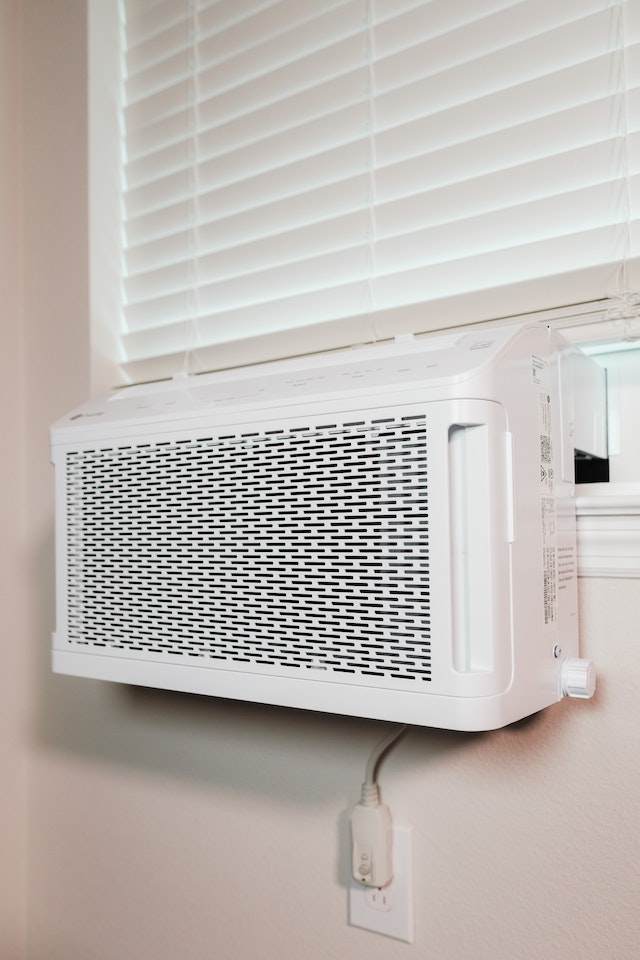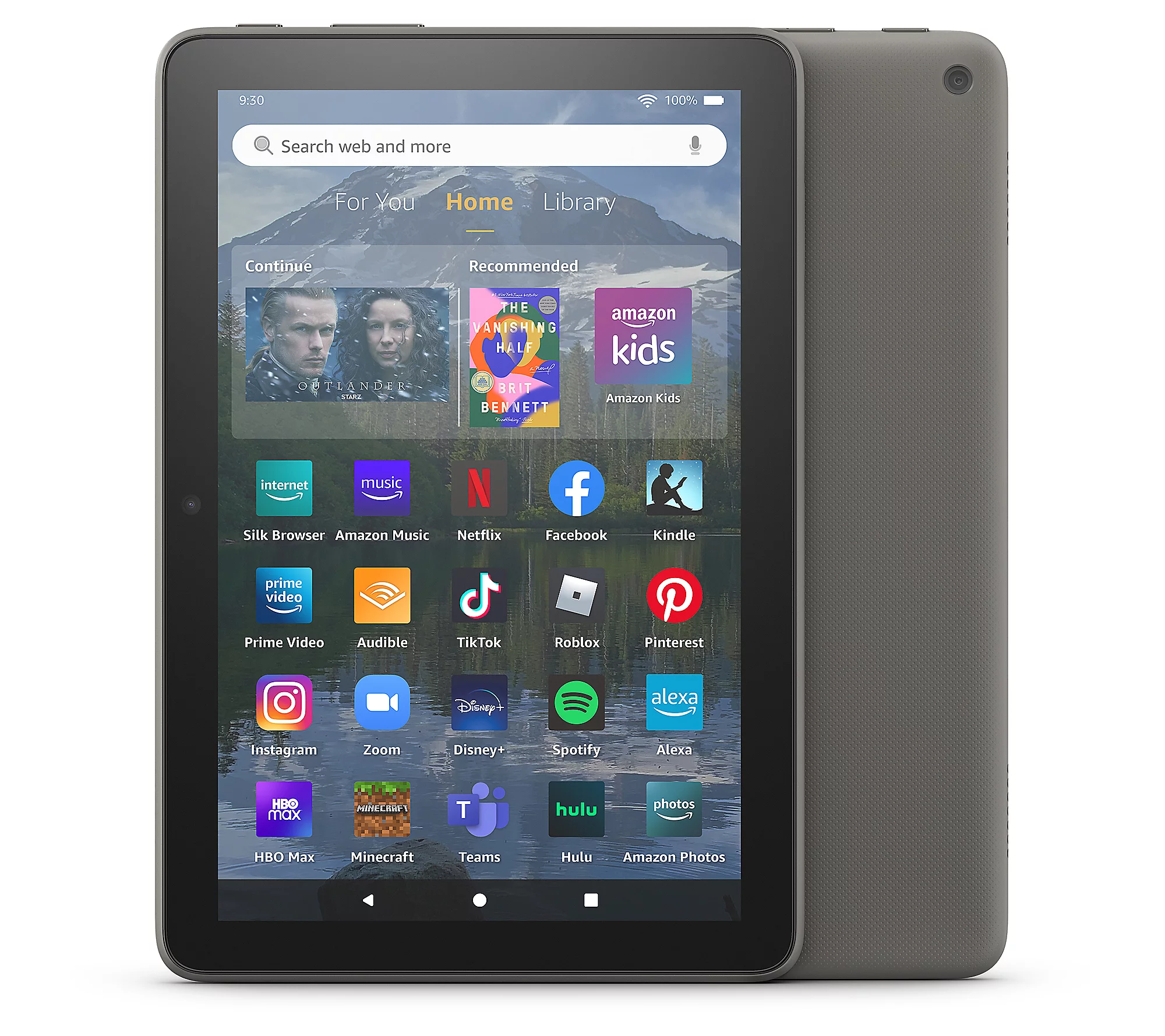The Evolution of Air Conditioners: A Cooling Companion for Modern Comfort

In today’s fast-paced world, air conditioners have become an essential part of our lives, providing much-needed respite from scorching heat and oppressive humidity. These marvelous machines have come a long way since their inception, evolving into powerful and efficient cooling systems that enhance our comfort and well-being. In this blog post, we will delve into the fascinating world of air conditioners, exploring their history, working principles, and five remarkable examples that have revolutionized the way we experience indoor climate control.
Willis Carrier’s Invention:
No discussion about air conditioners would be complete without mentioning Willis Carrier, the father of modern air conditioning. In 1902, Carrier developed the first electrical air conditioning system that not only controlled temperature but also controlled humidity. This groundbreaking invention laid the foundation for the development of more advanced cooling technologies.
Window Air Conditioners:
Window air conditioners are the most common and cost-effective cooling solutions for small spaces. These units are installed in a window or a hole made in a wall, with a cooling coil on the inside and a condenser coil on the outside. They are easy to install, provide efficient cooling for individual rooms, and offer adjustable temperature controls for personalized comfort.

Split Air Conditioners:
Split air conditioners consist of two separate units: an indoor unit and an outdoor unit. The indoor unit contains the evaporator coil and the cooling fan, while the outdoor unit houses the compressor and the condenser coil. Split ACs are known for their quiet operation, energy efficiency, and the ability to cool larger spaces. They also offer features like multi-zone cooling and remote control operation.

Ductless Mini-Split Air Conditioners:
Ductless mini-split air conditioners are a variation of split ACs that do not require ductwork for air distribution. These systems are ideal for homes or buildings without existing ductwork, as they allow for individual temperature control in different rooms or zones. Ductless mini-splits are highly energy-efficient, versatile, and offer easy installation without the need for extensive renovations.

Smart Air Conditioners:
As technology continues to advance, smart air conditioners have entered the market, bringing a new level of convenience and energy efficiency. These ACs can be controlled remotely through smartphone apps or voice commands, allowing users to adjust settings, monitor energy usage, and create personalized cooling schedules. Smart features such as occupancy sensors, adaptive cooling algorithms, and integration with home automation systems make these air conditioners a smart choice for modern homes.

Air conditioners have evolved from humble beginnings to sophisticated systems that cater to diverse needs. Willis Carrier’s invention and the rise of smart air conditioners have transformed our indoor comfort. From compact window ACs to flexible ductless mini-splits, these machines are vital for our well-being in hot summers. Ongoing technological advancements promise more innovative and sustainable cooling solutions in the future.










